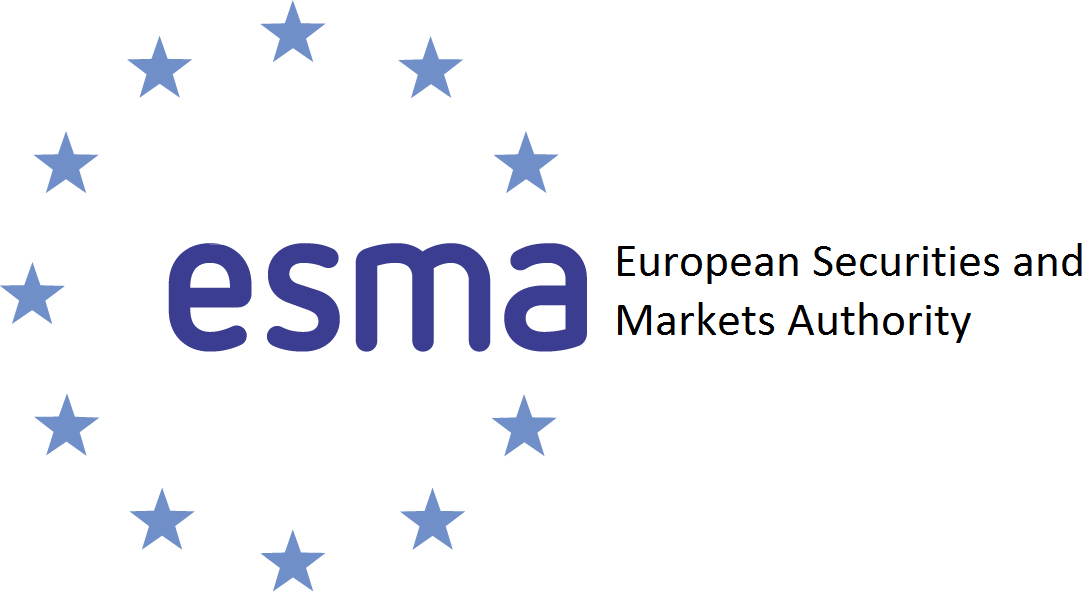The UK government has said it will look to coordinate its move to a T+1 settlement cycle with the European Union, with plans to reduce the cycle no later than the end of 2027.
Responding to recommendations by its Accelerated Settlement Taskforce (AST), the government said it will engage with European jurisdictions on whether harmonising a move would be possible.
The taskforce was established in December 2022 to explore the potential for a shortened settlement cycle from T+2 to T+1 in the UK.
The European Securities and Markets Authority (ESMA) is currently assessing the responses from its call for evidence on T+1 which closed in December last year and will publish its final report in January 2025.
Outlining its response to the AST’s recommendations, the UK government said: “The [AST] report also proposes that we should engage with other European jurisdictions to explore whether coordinating a move to T+1 is possible. If this can be done within a suitable timeframe we could align our timetable for the transition to T+1.
“The government looks forward to engaging with our European partners – in particular the EU and Switzerland – to see if we can align our work on this.”
According to the report, moving to a T+1 settlement cycle would “improve market resilience, bring cost savings for investors and reduce the risks associated with having an extended period between trading and settlement”.
“We also have to consider how harmonised settlement cycles across major financial centres could be beneficial for market participants,” it added.
The taskforce outlined several challenges under misalignment for ETFs including a mismatch between settlement and creation-redemption cycles.
“During any significant period of misalignment of settlement cycles between the UK and the EU, there will need to be a safe harbour mechanism in relation to certain securities that trade in the UK but settle outside the UK,” it said.
It also addressed concerns around ETFs breaching cash and overdraft UCITS limits as authorised participants (APs) look to manage misalignment in settlement times.
It said it could delay the implementation of T+1 for ETFs until the EU has shortened its settlement cycle or said UCITS rules could be amended to relax the 10% borrowing cap.
However, ESMA has ruled out any changes to UCITS rules to accommodate misalignment between settlement cycles.
Responding to the taskforce, the Association for Financial Markets in Europe (AFME) welcomed the UK’s proposals to move to a T+1 settlement cycle.
Adam Farkas, CEO of AFME, said: “The report recommends a coordinated approach across the UK, EU and other European jurisdictions. AFME fully endorses this conclusion, and we further note that the report does not identify any material advantage for UK capital markets to move to T+1 out of step with regional partners.
“We therefore call on authorities to adopt a collaborative approach in order to reach a pan-European consensus on timing.”
The US is preparing to move to a T+1 settlement cycle in May, leaving Europe and Asia on a T+2 cycle, a misalignment likely to cause a headache for financial markets.
The UK government said a Technical Group will now be established to help the UK’s transition to a T+1 settlement cycle, with the aim of establishing a ‘go live’ date in 2025.



